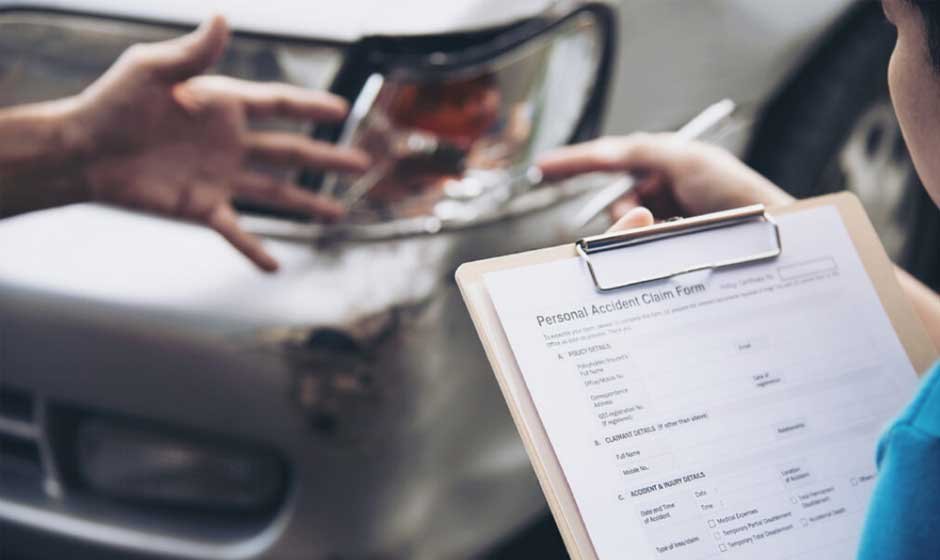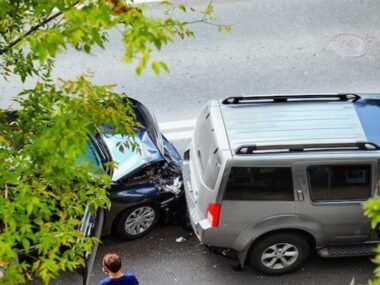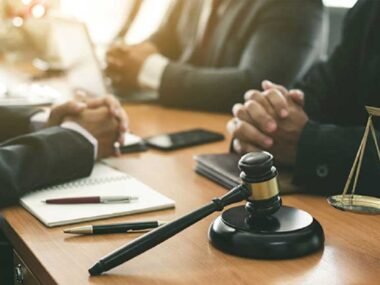When someone is in a car accident, one of the first questions they ask is, “Whose fault was it?” The answer to this question matters a lot. It can affect who pays for the damage, medical bills, and other costs.
Lincoln, the capital of Nebraska, has a mix of urban traffic, college-town activity, and growing neighborhoods. With its busy intersections and expanding roadways, car accidents are a common concern for many residents.
According to the National Highway Traffic Safety Administration (NHTSA), over 6 million car accidents happen yearly in the U.S. Insurance companies or courts must determine who is responsible in many of these. That’s why it’s smart to talk to a car accident lawyer in Lincoln if you’re involved in one.
Going further:
Understanding Liability
Liability means legal responsibility. In a car accident, the person who caused the crash is usually held liable. This person (or their insurance) must pay for the losses others suffered in the crash.
There are a few types of liability:
- Negligence-based liability is the most common. This occurs when a driver is careless and causes an accident.
- Strict liability is rare in car accidents but may apply in cases involving faulty car parts.
- Vicarious liability means someone else, like an employer, may be responsible for what a driver did while on the job.
Key Factors That Help Decide Who’s at Fault
There are many ways to determine who is to blame in a crash. These are the main things insurance companies and lawyers look at:
- Traffic law violations: Running a red light or speeding can show who was at fault.
- Police reports: Officers write down what they saw and who they think caused the crash.
- Witness statements: People who saw the crash can help tell the story.
- Photos and videos: Pictures from the scene or dashcam footage can show what happened.
- Damage and skid marks: These clues help experts recreate the crash.
Sometimes, an accident reconstruction expert may also be used. They study the evidence and explain how the crash happened.
Comparative vs. Contributory Negligence
States have different rules when more than one person causes a crash.
- Contributory negligence: In a few states, you can’t get any money if you’re even 1% at fault.
- Comparative negligence: Most states use this rule. Here, each driver gets part of the blame. If you’re 20% at fault, you get 80% of the money you ask for.
There are two kinds of comparative negligence:
- Pure comparative: You can recover money even if you’re 90% at fault.
- Modified comparative: You can only get money if you’re less than 50% or 51% at fault (this depends on the state).
Knowing which rule your state uses is essential when filing a claim.
What Insurance Companies Do
Insurance companies start their investigation right after a crash. They:
- Talk to drivers
- Look at police reports.
- Check the damage
- Ask for photos and witness info.
They might also ask you for a recorded statement. Be careful—what you say can be used to reduce your claim.
Insurance companies don’t always play fair. They want to pay the least amount of money. That’s why proving liability with strong evidence is key.
Why a Lawyer Can Help
A car accident lawyer can be a big help. They know how to:
- Collect the right evidence
- Deal with the insurance company.
- Talk to witnesses and experts.
- Build a strong case
Lawyers also ensure you don’t miss deadlines for filing your claim. They handle the legal side while you focus on healing.
What Happens in Special Situations
Some cases are more complicated than others.
- Multi-car accidents: When several cars crash, figuring out who is to blame can take time. More than one driver might be to blame.
- Hit-and-run crashes: If the driver runs away, police and insurance companies need to look harder for clues.
- Commercial or government vehicles: Special rules may apply if a company truck or city bus hits you.
In these cases, knowing how liability works is even more critical.
Final Thoughts
Knowing how liability works can make a big difference in a car accident claim. It affects how much money you may get and who pays for what. With the right help and good information, you can protect yourself and make wise choices after a crash.










